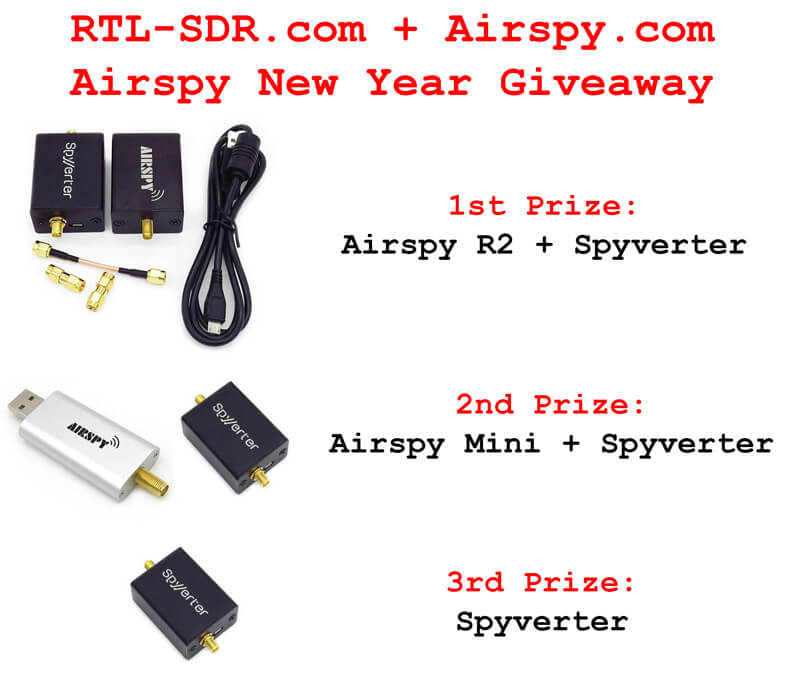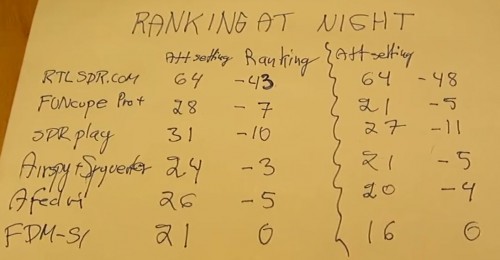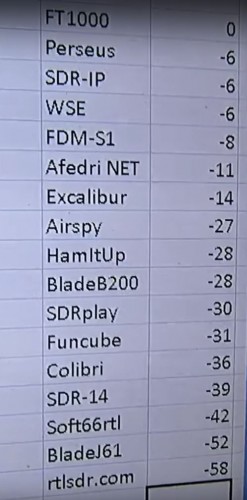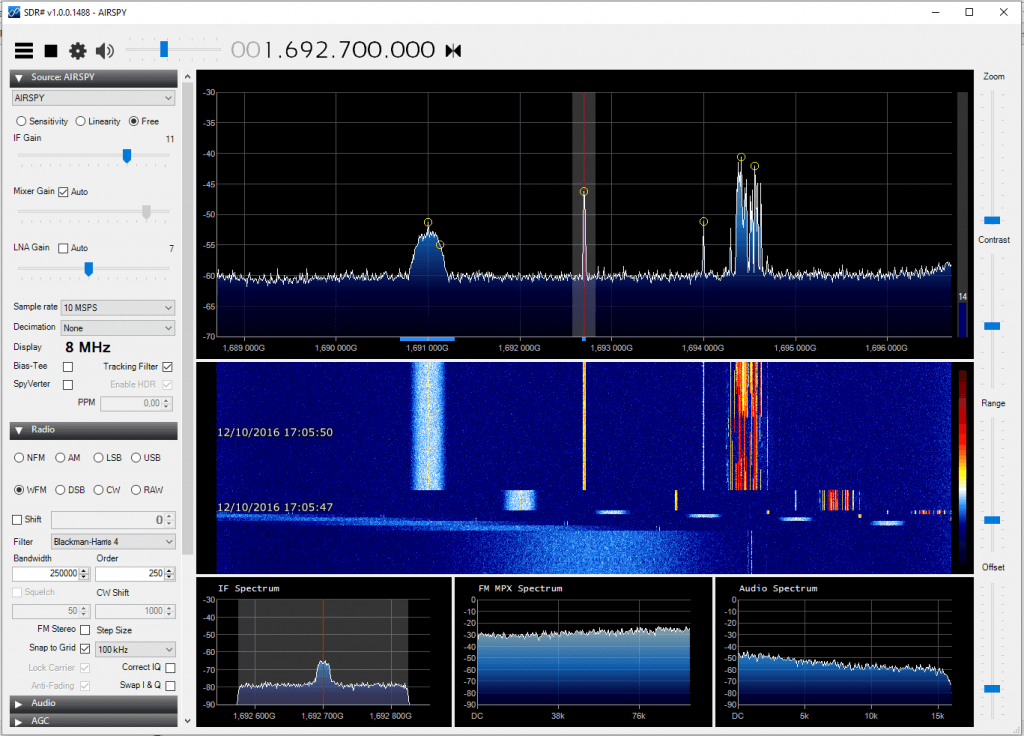Airspy Competition Winners Announced
Last week the Airpsy team gave us the opportunity to give away some prizes, so we started a comment competition. The prizes were an Airspy R2 + SpyVerter, Airspy Mini + SpyVerter and SpyVerter. The competition closed yesterday with over 500 entries, and the winners have now been selected via random.org. Congratulations to the winners below:
Larry (Airspy R2 + SV)
If I am going to win something from this one stuff, me build internet remote receiver on hill in central Europe (CZ) for all readers and fans of rtl-sdr.com website, generally for all RTL SDR enthusiasts….. :-)))
Pour Felicitér 2017
Larry (Ladislav)kevin (Airspy Mini + SV)
been a ham a couple years now. their are so many uses for sdr’s ! it’s so cool. just looking down the list of others comments, i was like ‘oh ya’ forgot about that idea. awhile back we did a demo at our ham club with a el cheapo sdr and it sparked some interest , would like to play around with some of the newest toys, worlds of diff in capabilities. ultimate goal is to find the right one for the clubs emergency trailer. seeing the bands and whats going on, is pricelessJosh (SpyVerter)
I’d love to finally get into the HF band!
If you’re a winner please check your email address for the competition winner email.
The competition produced some very interesting comments that show the diversity in projects that can be performed with a SDR receiver and we strongly encourage you to read through the comments if you are looking for project ideas.
If you didn’t win, sorry! Better luck next time. But please continue to follow us on Facebook and Twitter as we will have more competitions and more prizes to give away later in 2017!








